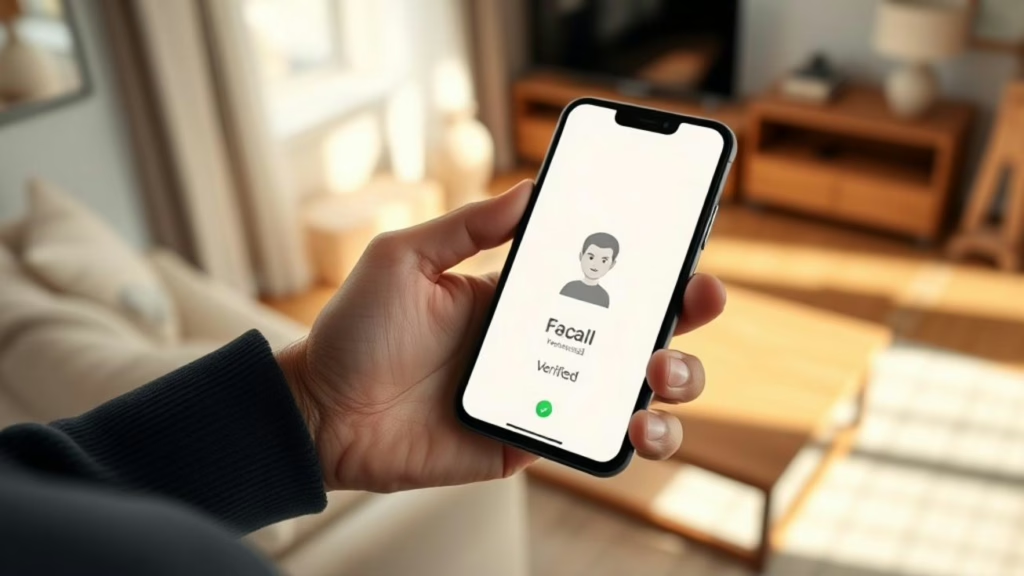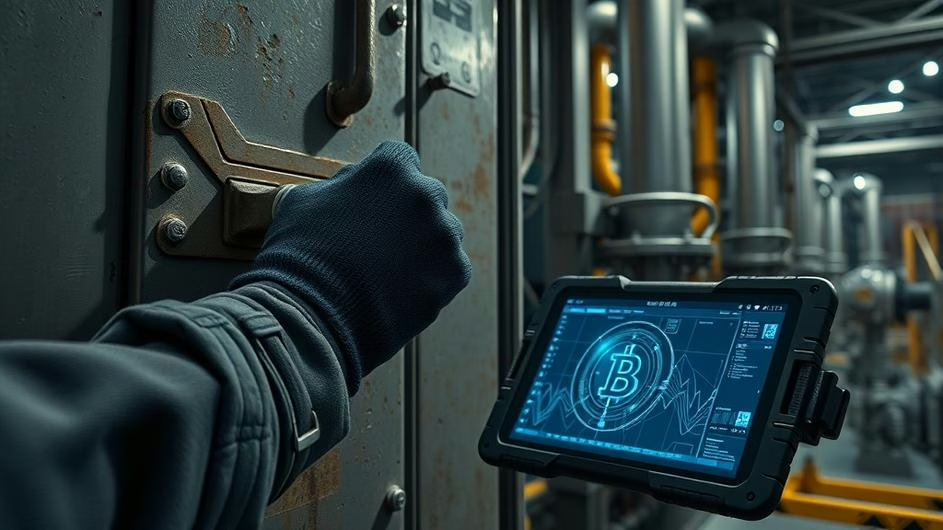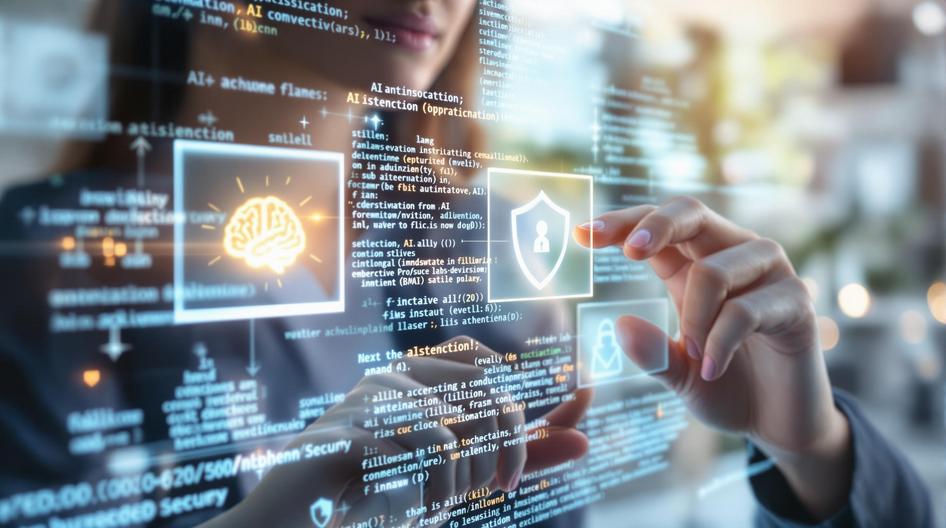
Beyond Passwords: The Next Generation of Identity Verification in a Deepfake Era
Remember when your biggest security worry was someone guessing your password? Those days feel almost quaint now. As generative AI accelerates at breakneck speed, we’re facing a much trickier challenge: telling real people from increasingly convincing fakes. Passwords aren’t dead yet, but they’re definitely on life support. What’s taking their place? A fascinating mix of technologies that sound like they’re straight out of a sci-fi thriller.
When Your Voice Can’t Be Trusted
Deepfakes used to be the stuff of Reddit memes and viral TikToks. Not anymore. Today’s AI can clone voices so convincingly that even your closest colleagues might not catch on during a Zoom call. That’s exactly the problem Israeli startup MultiKol is tackling head-on.
Ofer Atzmon, MultiKol’s co-founder, puts it bluntly: anyone with basic AI tools can now simulate a video conference or create synthetic audio that’ll fool trained professionals. It’s not just scary, it’s already happening. MultiKol’s biometric voice recognition system works by analyzing the unique characteristics of human speech that AI still struggles to replicate perfectly.
Banks and government agencies are jumping on this technology faster than you might expect. Why? Because when a deepfake can potentially authorize a million-dollar wire transfer, traditional security measures start looking pretty inadequate. This shift reflects a broader trend we’re seeing across crypto and traditional finance sectors, where identity verification is becoming the new battleground.
Proving You’re Really There
But voice authentication alone won’t cut it. Enter liveness detection, which sounds exactly like what it is: technology that verifies you’re actually alive and present, not just a sophisticated recording or 3D model.
UnionDigital Bank in the Philippines is leading this charge. They’re ditching basic device-based biometrics for something much more sophisticated. In partnership with iProov, they’re rolling out dual liveness authentication that doesn’t just scan your face or fingerprint. It verifies that you’re genuinely interacting with the device at that exact moment.
Russell Hernandez, UnionDigital’s Chief Information Security Officer, sees this as crucial infrastructure building. And he’s right. Account takeover fraud and money laundering through “mule” accounts are exploding. For crypto users especially, where transactions are irreversible, this kind of protection could be a game-changer.
The Onboarding Revolution
Here’s something most people don’t think about: security starts before you even get access. The onboarding process, where new customers get verified and welcomed, has traditionally been a nightmare of paperwork, delays, and human error.
Smart banks are now using AI and biometrics right from the get-go. Enhanced onboarding processes can spot fraudsters early while keeping legitimate users happy. It’s a win-win that’s being driven by high-profile acquisitions and national ID initiatives.
For the crypto world, this matters enormously. As regulatory compliance tightens globally, exchanges and DeFi platforms need foolproof ways to verify users without creating friction that drives people away.

When Bots Need ID Cards Too
Here’s where things get really interesting. What happens when the “users” logging into your systems aren’t human at all?
Modern enterprises run on automation. Trading bots execute millions of transactions, AI agents process data around the clock, and automated services handle everything from customer support to supply chain management. These non-human entities often have elevated privileges, making them incredibly attractive targets for hackers.
California-based Defakto just raised $30.75 million in Series B funding to tackle exactly this problem. Defakto’s identity and access management platform is purpose-built for protecting automated agents, bots, and AI services.
Think about it: in crypto trading, algorithmic bots handle billions in volume daily. If someone compromises a high-frequency trading bot, the damage could be catastrophic. Defakto’s approach replaces static credentials with dynamic, verifiable identities for these digital workers. It’s addressing a security gap that most traditional systems completely ignore.
The Iris-Scanning Future
Now for the most sci-fi development: Tools for Humanity and their iris-scanning orbs. Yes, you read that right. Worldcoin’s iris-scanning technology doesn’t just verify who you are. It verifies that you’re human.
Why does this matter? Because bots are everywhere online now. On some platforms, they outnumber real users. As deepfakes get better and AI agents become more sophisticated, proving your humanity might become as important as proving your identity.
The technology works by scanning your iris to create a unique “proof of personhood.” It’s controversial, sure, but it highlights something crucial: the future of digital identity isn’t just about authentication. It’s about proving you exist in the biological sense.
For Web3 and DeFi platforms, this could solve major problems. Imagine decentralized governance where you know each vote comes from a real person, not a bot farm. Or crypto airdrops that actually reach individual users instead of being gamed by automated accounts.
What’s Next for Digital Trust?
The convergence of all these technologies points to something bigger. We’re not just upgrading our security tools, we’re fundamentally rethinking what digital trust means.
Voice biometrics, liveness detection, AI-powered onboarding, non-human identity management, and iris scanning might seem like separate innovations. But they’re really parts of a larger puzzle: building systems that can adapt to threats we haven’t even imagined yet.
For anyone building the next generation of digital products, especially in AI and blockchain spaces, this stuff isn’t optional anymore. Users expect seamless experiences, but they also need bulletproof security. The companies that figure out how to deliver both will have a massive advantage.
The ultimate goal is surprisingly simple: making sure the right people (and machines) can access what they need, while keeping everyone else out. In a world where reality itself is increasingly negotiable, that’s becoming one of the hardest problems in tech.
As developers, investors, and users, we’re all going to need to get comfortable with this new landscape. Because whether we like it or not, the age of “username and password” is ending. What comes next might feel like science fiction, but it’s rapidly becoming our daily reality.
Sources
- “From fake calls to fraud prevention: MultiKol reinvents voice security”, Ynetnews, October 16, 2025
- “UnionDigital Bank partners iProov for liveness tech”, FinTech Futures, October 17, 2025
- “How can banks improve their onboarding processes?”, Finextra Research, October 21, 2025
- “Defakto Raises $30 Million for Non-Human IAM Platform”, SecurityWeek, October 21, 2025
- “Should you trust Tools for Humanity’s iris-scanning orb?”, TechCrunch, October 22, 2025






























































































